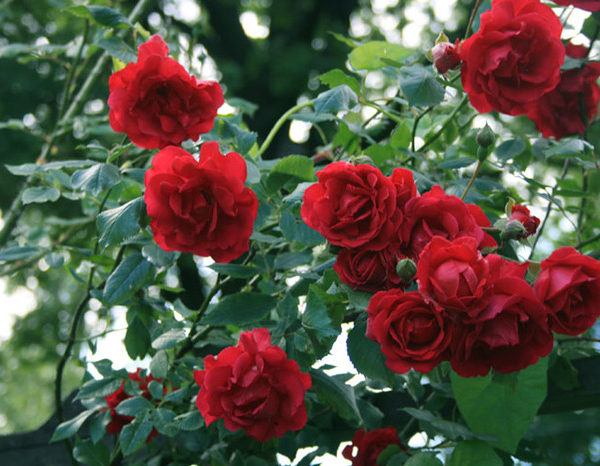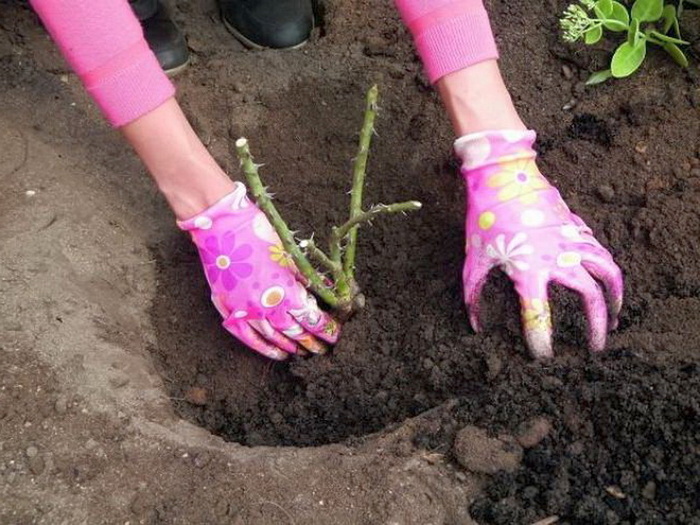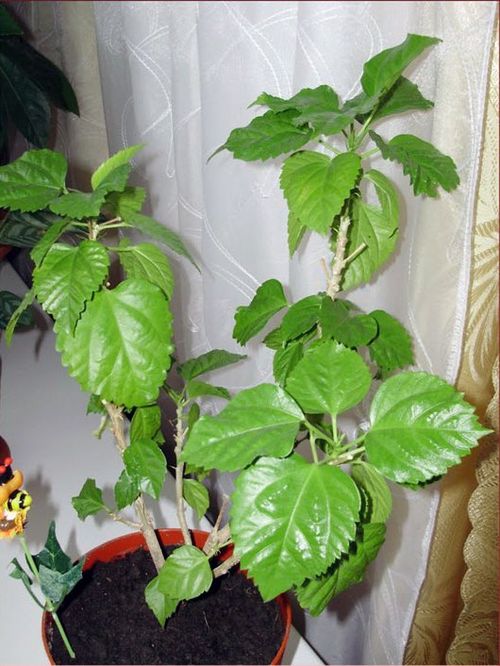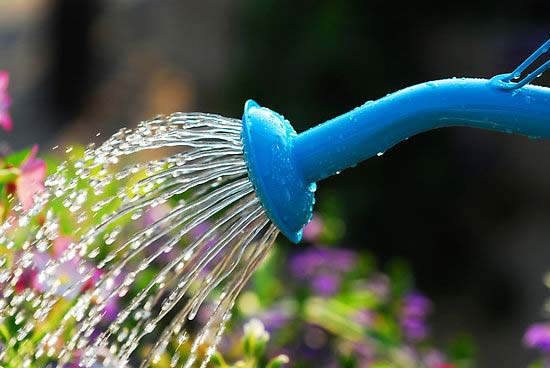Content:
Climbing roses are a variety of garden roses with long enough shoots to be used in vertical landscaping. Some types of rose hips belong to the same category. While the branchy shoots of these plants generally require the same care as other varieties, there are some differences that beginners should be aware of.
Climbing rose: planting and care in the open field
To begin with, it should be noted that the cultivation of such flowers is possible only in regions with a mild and warm climate, where they will not need to be covered for the long winter months. It is extremely difficult to grow such varieties in central Russia. But in the forest-steppe and steppe zones, they will feel good. True, they still have to be sheltered for the winter.
There are several types of climbing roses:
- curly (Rambler), which are distinguished by long flexible shoots up to 5 m in length and more. These species have small flowers, most often double or semi-double, and the color can be very diverse, it is not only pink, but also red and yellow shades, that is, they look quite impressive.
- climbing roses (also called Climber). This is a large-flowered variety, the length of the shoots can be 2-4 m, and the flower reaches 4 cm in diameter. In shape, they resemble hybrid tea varieties. Some varieties in this group may bloom again,
- Sport, or climbing roses, obtained from hybrid tea varieties and floribunda by kidney mutations. They are also called climbings. In central Russia, these plants do not take root, they need a mild winter.
On the basis of crossing of climbing varieties and tea hybrids, the following varieties have occurred - for example, Сlimber.
How the climbing rose reproduces
Climbing roses can be propagated in different ways. But for an ordinary, amateur garden, it is recommended to choose the simplest one - this is cuttings. At the same time, for rooting cuttings, only a container with water or soil is needed.
An important point is when to cut the cuttings. Experts recommend doing this before the rose is going to bloom, that is, when the buds have already been stained and no later. If you delay with this procedure, the percentage of rooting of cuttings will noticeably decrease, and the process itself will take longer.
The grafting itself looks like this: the shoot is cut from the bush, from the middle part and cuttings are cut so that they have three buds - an oblique cut should be made under the bottom, and a straight cut above the top. The bottom leaf of the cutting will have to be removed completely.
Caring for cuttings is exactly the same as for ordinary rose seedlings. They can be kept in water or earth. The first method is good for cases where there are many cuttings, but if there are only a few of them, you can use pots with soil.
When and how to plant a climbing rose
Before planting seedlings, you need to find a suitable place for them. Even a novice summer resident knows that their development in the future depends on this. Roses are light-loving plants, but this does not mean that they need constant sunlight.The recommended daylight hours are only 6 hours. They are best planted on the south or southwest side of the garden. Light shading will not hurt them. Under such conditions, and even with good ventilation and drainage of the soil, plants will be able to actively grow and develop.
Landing is carried out in pre-prepared pits up to 50 cm deep and about the same width. The distance between the hole and the object, which will support the roses, should be 45 cm.If after the installation of the pits they have dried out a little, then the day before planting the bushes, it is recommended to additionally water them and add manure, 5 liters per hole is enough. The roses are pruned immediately after planting for a more lush bloom.
Rules for caring for a climbing rose in the open field
When a gardener starts growing climbing roses, planting and outdoor care for beginners is the most pressing issue, especially in the first year of the plant's life. In principle, in many ways, you need to take care of the rose at this time in the same way as for more "mature" bushes. But there are also some nuances. First, keep in mind that in the first year, most likely, the roses will not bloom yet. But in the future, the splendor and duration of flowering depends on how well it was looked after in the first and second year of planting.
Secondly, in this period, special attention should be paid to pruning and shaping the bush. When new shoots appear, the soil from the bushes that was used for hilling them is removed. If the weather is sunny, then at first after planting the bushes should be additionally shaded with coniferous spruce branches.
Approximately two weeks after removing the specified soil, it is recommended to perform the first pruning of the central shoot. It is shortened at the level above the second or third sheet. The same procedure, but a little later, is carried out with lateral branches of the second order. It is necessary to remove those eyes that seem to look at the inner side, and leave the outer ones so that the bush will form correctly in the future.
Caring for a rose in the first year assumes that all buds, if any, will need to be removed. From the moment the flowering begins until the first days of August, a maximum of two flowers can be left on the branches, which are left so that they turn into seed boxes. It's okay to miss this bloom, no. But in the second year, climbing roses will bloom very luxuriantly.
In summer, climbing roses need preventive irrigation to protect them from parasites. Autumn is the time when rose bushes need to be covered. For this, either traditional coniferous spruce branches or modern types of agrofibre are used - for example, spunbond or lutrasil. It is important to cover the bush completely. Then, when spring comes again, young bushes should be opened first.
Starting from the second year after the planting was carried out, climbing roses do not need special care. They need rare but abundant watering, and they also need top dressing and pruning. In the latter case, we are talking about removing faded branches - this will help stimulate additional flowering. You need to water roses about once every 10 days.
When planting bushes, manure is applied. Its action is enough for the second year, and only then it will be necessary to feed with organic and mineral fertilizers. Peat-mineral nitrogenous mixtures are also recommended. During the entire growing season, you need 4-5 dressings.
Climbing roses in landscape design
Many people believe that the climbing rose plays a modest role in landscape design. But actually it is not.Climbing roses are widely used in vertical landscaping. In general, they go well with any small architectural forms, be it arches, pergolas, gazebos, decorative columns or trellises. They are used to decorate the walls of residential and utility buildings. They look very nice on balconies.
The question of where to plant a climbing rose in a flower garden must be decided in advance, when planning it. For roses, choose slightly shaded areas so that there is no scorching sun. Clematis is often planted next to climbing roses. Compliance with these simple rules will help turn the garden into a real paradise.

















